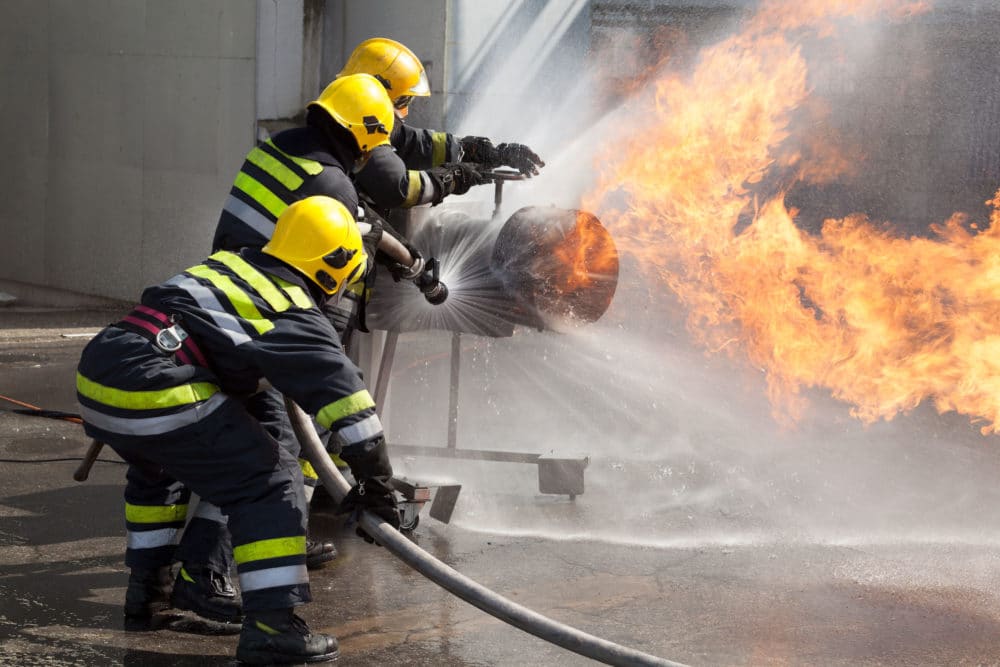Critical Physical Security services for establishing and operating a protective security program.
This includes a commitment to security, security culture, defined security roles and employee expectations, vulnerability assessment, resources dedicated to security and security implementation, access control and intrusion detection, monitoring and surveillance, and information protection and continuity.
Security Plans
Development and implementation of security plans that are comprehensive in scope, systematic in development, risk-based to reflect the security environment, and customized to the needs of the company.
Effective security programs employ a risk management process that facilitates planning and decision making to mitigate risks. General elements include:
- Assessments used to determine facility criticality
- Threat assessments identifying known or potential risks from an All Hazards approach
- Vulnerability assessments identifying security weaknesses
- Risk assessments (based on threat, vulnerability, and consequence, considering facility criticality assessment findings)
- Risk mitigation to determine and implement appropriate risk reduction countermeasures
- Ongoing risk management to monitor, reassess, and modify the program

Emergency Action Plan Evaluation/Creation
Creation and implementation of Emergency Action Plans to address vulnerabilities identified through the Risk Assessment process. Although based on an All-Hazards approach, emergency action plans are most effective when based on the probability of an attack or natural disaster.

The process includes:
- Identifying vulnerabilities to man-made threats
- Identifying vulnerabilities to natural hazards
- Understand the threats and hazards HOW they would impact the facility
- Once impacts are determined, mitigation strategies can be planned and implemented
Emergency Actions Plans generally include threat-based protocols, emergency response, continuity of operations, communications, reunification, media and recovery.
Emergency Plans should be developed and maintained in a manner consistent with the Risk Analysis and Management for Critical Asset Protection (RAMCAP) standards.
Policy and Procedure Development
Recommendations and assistance in development of corporate security policies and procedures that are most suitable to the organization.
- System(s) Description
- Security Administration and Management Structure
- Risk Analysis and Assessments
- Physical Security and Access Control Measures
- Equipment Maintenance and Testing
- Personnel Screening
- Communications
- Personnel Training
- Drills and Exercises
- Security Incident Procedures
- National Terrorism Advisory System (NTAS) Response Procedures
- Plan Reviews
- Recordkeeping
- Cyber/SCADA System Security Measures
- Essential Security Contact Listings
- Security Testing
- Outreach
Depending on the industry, other company plans, policies and procedures may need to be developed; these include insider threat, business continuity, incident response and recovery.
Additional Services
Investigative services
- Internal/External
- Theft, Fraud, Misconduct
- Suspicious and/or criminal activity
- Intelligence/Surveillance
Personnel Training
- Situational Awareness
- Workplace Violence
- Active Shooter
- Emergency Response
Engineering Support Services
- Plan review (pre-construction, significant enhancement or modification to an existing facility)
- Project Management of physical security measures
